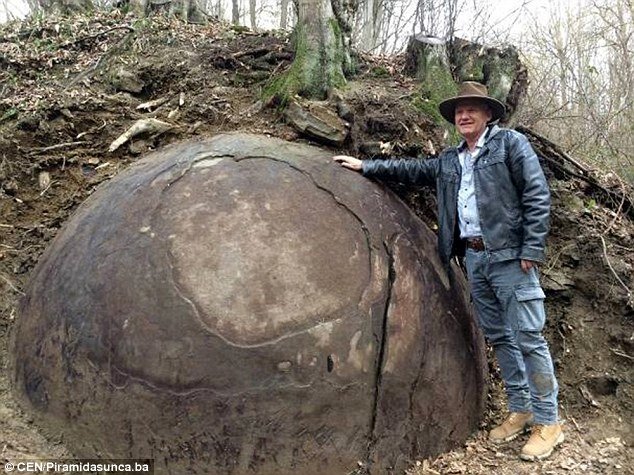OF THE
TIMES
Briefly stated, the Gell-Mann Amnesia effect is as follows. You open the newspaper to an article on some subject you know well... You read the article and see the journalist has absolutely no understanding of either the facts or the issues. Often, the article is so wrong it actually presents the story backward—reversing cause and effect...
In any case, you read with exasperation or amusement the multiple errors in a story, and then turn the page to national or international affairs, and read as if the rest of the newspaper was somehow more accurate about Palestine than the baloney you just read. You turn the page, and forget what you know.
4 Leaf clover?? That’s for selling Lucky Charms, it has eff all to do with Ireland. They are rare, but an American good luck invention, kill your...
The very recent 'said conversation' between Joe Chip Buffalo Ken and I has been entirely deleted.
"Dwoods44 To supply technical information to a people like yourselves is a serious crime against the cosmic laws. The last thing that you need is...
“ John Kirby saying the president wanted to make a point about America's immigrant "DNA” That DNA is looking slightly cancerous if you ask me....
bestows state awards and holds the exclusive authority to grant a pardon. Yeah, the ever present "safety net" should give you a clue as to what is...
To submit an article for publication, see our Submission Guidelines
Reader comments do not necessarily reflect the views of the volunteers, editors, and directors of SOTT.net or the Quantum Future Group.
Some icons on this site were created by: Afterglow, Aha-Soft, AntialiasFactory, artdesigner.lv, Artura, DailyOverview, Everaldo, GraphicsFuel, IconFactory, Iconka, IconShock, Icons-Land, i-love-icons, KDE-look.org, Klukeart, mugenb16, Map Icons Collection, PetshopBoxStudio, VisualPharm, wbeiruti, WebIconset
Powered by PikaJS 🐁 and In·Site
Original content © 2002-2024 by Sott.net/Signs of the Times. See: FAIR USE NOTICE


As much as I would like to travel on with this imaginary adventure...these balls are natural formations of sedimentary rock as you can see in the layering. The term for these balls are called concretions- [Link]
Can be round saucer shaped, random but there is often an iron oxide component to the minerals giving the often rust colored hue.